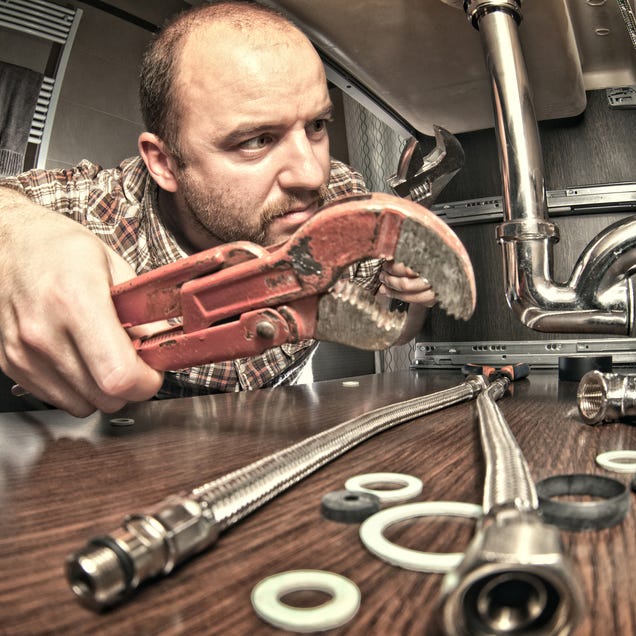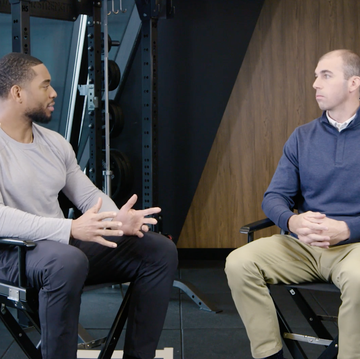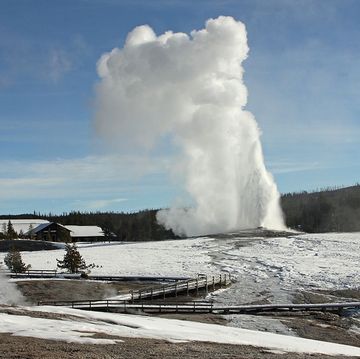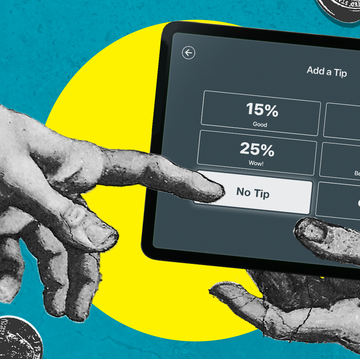Plumbers can save you big money. But if they diagnose dilemmas before the pipes burst or the mold takes up residence, they can also spare your health and save you from pouring any nasty chemicals down your drain.
Here are four problems your plumber spots, and how to solve each one.
1. You Take Long, Steamy Showers
When mold moves into your bathroom, it can colonize in the crevices, the caulking, and even grow on your bathroom ceiling. But the fungus doesn’t mean you’ve been neglecting your cleaning duties.
“If the shower is moldy, it should be kept drier,” says Roger Wakefield, owner of Texas Green Plumbing. His suggestion: Run the exhaust fan during and after a shower or hot bath to remove excess humidity.
If that doesn’t eliminate mold, then water could be getting behind the tiles or tub, or there may be a leak behind the wall.
DIY Mold-Fighting Shower Spray: Tea tree oil is antimicrobial. Add 15 to 20 drops to a spray bottle filled with water, and use it to spray down shower tiles after a shower.
Also, be sure to shake out the shower curtain, and only close it halfway to let air circulate after a shower.
Related: How to Finish 6 Common Home Improvement Projects
2. Someone In Your House Has Long Hair
If your shower drain is on slow-mo, hair could be the culprit. It collects and combines with soap residue and can turn into a rat’s nest-sized blockage.
Prevent the problem in the first place by picking up a hair guard at the hardware or dollar store.
Unclog a Shower Drain Naturally: If the clog is close enough to the top, try pulling it out with tweezers. Otherwise, use a wire clothes hanger with a J hook at the end, suggests Wakefield.
“Stick it into the drain as far as you can, turn it a few times, and slowly pull it out,” he says. And brace yourself—what comes out isn’t going to be pretty.
Related: 9 Things the Guy At the Hardware Store Knows About You In 2 Minutes
3. You Use the Toilet As a Second Garbage Can
Your toilet isn’t a sink disposal or trashcan. “The only thing you should flush down the toilet is human waste and toilet paper,” says Eric Perrot, master plumber and service manager at Len the Plumber in Baltimore.
That means no dental floss, wipes (even the “flushable” kind), cotton balls, swabs, Band-Aids, or condoms—which can clog the toilet and pollute waterways.
How to Plunge a Toilet: If a condom goes down, plunging it can bring it back up. If that happens, promptly put it in the trash to unclog the stoppage.
The best plunger for the job is a flange plunger, which has an extended rubber lip that fits nicely in the drain. Place the flange in the drain hole and push all the way down with forcible strokes, keeping enough water in the bowl to cover the plunger.
4. You Buy Drano
If you think chemical solutions like Liquid-Plumr and Drano are a quick fix for clogged drains, think again. Their caustic contents can eat away at your pipes and irritate your lungs—not to mention they’re horrible for the environment.
And that chemical smell wafting out of your drain is a dead giveaway you’ve been using.
“The best and most long-term solution for unclogging a pipe is by snaking the drain,” says Perrot. “This will help physically break up the clog and get water flowing through.”
How to Snake: Feed the snake cable, which you can pick up at the hardware store, into the drain. When you feel the cable stop, tighten the lock and crank the handle clockwise to snag the clog and pull it all the way out.
A version of this story originally appeared on RodalesOrganicLife.com.













